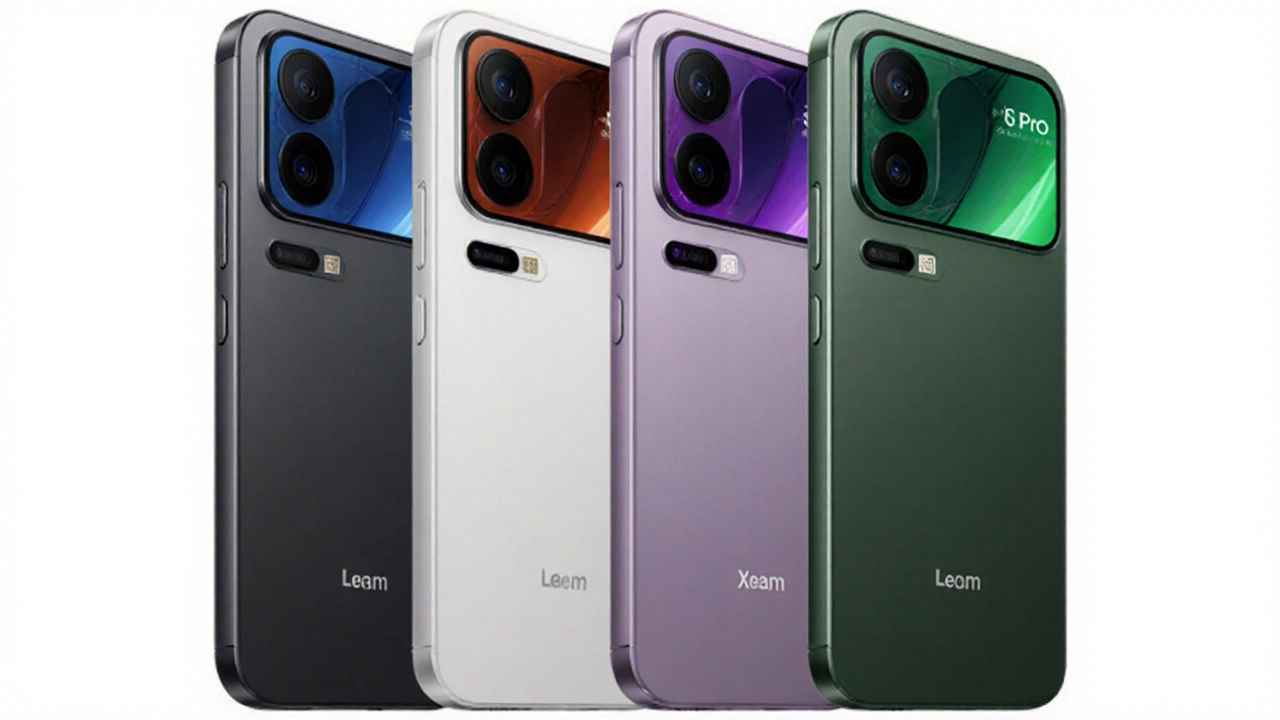Snapdragon 8 Elite Gen 5 – Everything You Need to Know
When talking about the Snapdragon 8 Elite Gen 5, the latest high‑end mobile processor from Qualcomm that powers premium Android smartphones. Also known as Snapdragon Elite, it brings a mix of raw speed, AI intelligence and power‑saving tricks that set new expectations for flagship phones. The Snapdragon 8 Elite Gen 5 is built on a 4 nm process, includes a new Cortex‑X4 core, and supports the fastest 5G bands available today. Qualcomm designs this chipset to satisfy gamers, photographers and everyday users alike.
One of the key related ideas is Qualcomm, the company behind the Snapdragon family and a leader in wireless technology. Qualcomm’s expertise in radio design makes the 5G connectivity of this chip both broad and stable. In practice, the chipset enables multi‑gigabit download speeds, lower latency for cloud gaming, and smoother video calls. Another important concept is AI processing, on‑device machine‑learning tasks handled by a dedicated Tensor accelerator. This accelerator lets the phone enhance photos, translate speech, and predict user actions without sending data to the cloud.
Semantic relationships tie these elements together: Snapdragon 8 Elite Gen 5 encompasses AI processing, Qualcomm develops Snapdragon 8 Elite Gen 5, and 5G connectivity influences overall user experience. The chipset also requires efficient power management, which it achieves through a combination of adaptive clock speeds and a new low‑power core cluster. The result is a device that can stay on all day even while handling demanding games or high‑resolution video recording.
What makes this generation stand out?
First, the CPU layout changes. The prime Cortex‑X4 core can sprint past 3.2 GHz, while three performance cores sit at around 2.8 GHz, and four efficiency cores stay below 2 GHz. This balance means you get instant responsiveness when you open apps, yet the phone doesn’t drain the battery when you’re just browsing. Second, the GPU upgrades bring 30 % more rasterization power, which translates to higher frame rates in titles like Call of Duty Mobile. Third, the integrated Spectra‑X image signal processor supports up to 200 MP sensors, enabling ultra‑sharp photos and 8K video capture without lag.
Security also gets a boost. The Snapdragon Secure Processor runs a hardened OS, managing fingerprint data, face unlock and payment credentials. Combined with the latest Android Private Compute Core, user data stays on‑device, giving a privacy edge over older chipsets. Finally, the chipset’s thermal design uses a new heat‑spreader layout that lets manufacturers keep performance high for longer bursts without throttling.
From a developer’s perspective, the platform offers a unified SDK that covers AI, graphics, and connectivity. This means app creators can tap into the Tensor accelerator with just a few lines of code, making AI features more common across the ecosystem. Game studios can also leverage the Vulkan 1.3 support for richer visual effects while keeping battery drain low.
For consumers, the practical upshot is clear: faster app launches, smoother multitasking, clearer photos, and reliable 5G wherever you travel. Whether you’re a mobile gamer, a content creator, or just someone who wants a phone that won’t hiccup during a video call, the Snapdragon 8 Elite Gen 5 aims to cover all those bases.
Below you’ll find a curated collection of posts that dive into specific aspects of this chipset – from performance benchmarks and real‑world battery tests to how AI features are reshaping everyday mobile use. Keep reading to see how the Snapdragon 8 Elite Gen 5 stacks up against its rivals and what it means for the next wave of Android devices.

Xiaomi 17 Pro Series: Compact Flagship Set to Challenge Apple
Xiaomi rolls out the 17 Pro series, packing the new Snapdragon 8 Elite Gen 5 chipset, massive 7000‑7500 mAh batteries, and Leica‑tuned cameras into a compact form. The 6.3‑inch Pro model weighs less than the iPhone 17 Pro Max while offering up to 16 GB RAM. A rear secondary display and advanced thermal management add fresh angles to the premium market, all at a price that aims to undercut Apple.